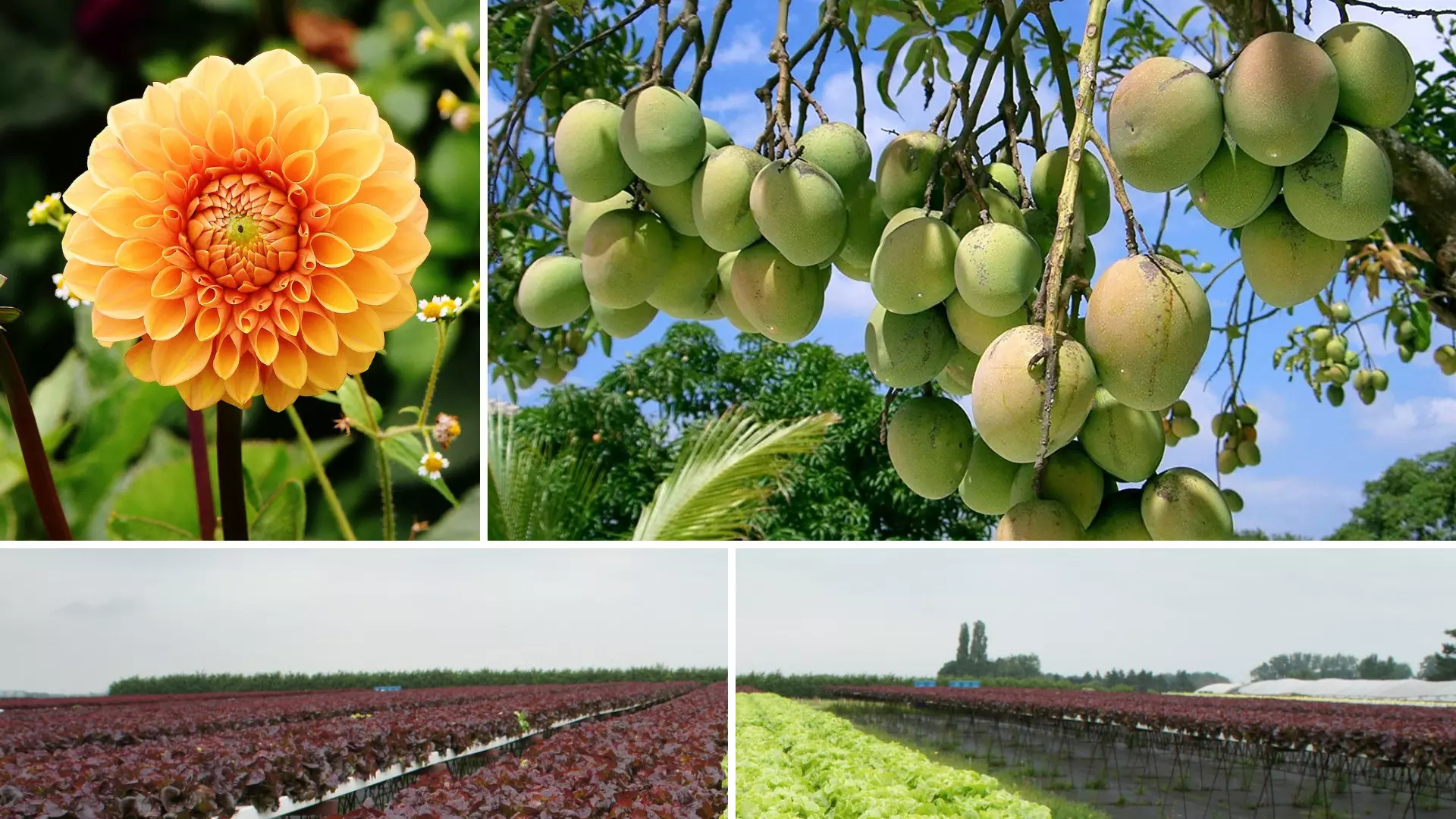Strengthening agri-value chains
India’s G20 presidency can be leveraged to promote public-private partnerships for strengthening agri-value chains that would facilitate cross-border access for marginal farmers

Enhancing the resilience of agriculture value chains through public-private partnerships is one of the key mandates of India’s Presidency of G-20. The objective is to build consensus on leveraging economic opportunities for small and marginal farmers through their participation in such efficient value chains.
In the above context, 'Ashapura Farms & Nursery' is an entity in the Kutch region of Gujarat that has successfully pioneered the production and marketing of ‘Kesar Mangoes’ on over 200 acres of land. Other than catering to the domestic market, the entity exports these mangoes to the UK, Singapore, Oman, Muscat and Dubai. At the heart of this success story is the entity’s commitment to nurturing quality root stock from mango seedlings in its nursery. In addition, organic farm practices have been followed for balanced pest and nutrient management. Post-production, the mangoes are graded at the entity’s pack house where they are also pre-cooled to meet export quality requirements. The State Government along with The National Horticulture Board (NHB) and the Agricultural & Processed Food Products Export Development Authority (APEDA) have been partners in supporting this endeavour through extensive dissemination of good agricultural practices amongst the farmers of the region.
The 'Doubling Farmers Income Committee (DFI) Report 2017' highlights that today we face challenges such as stringent global sanitary standards. It further adds that due to small land holdings, the produce from even a single village has significant variation in terms of varieties cultivated, size, other physical parameters, and stage of maturity at the time of harvest. As a result, it is difficult for exporters to source the requisite volume of a particular fruit or vegetable. Besides, the lack of seamless initial aggregation at the farmgate at times limits output to be pooled into exportable loads.
The 2021-22 output of horticulture production at 342.33 million tons has outpaced the production of food grains in the country! More specifically, with a production of 107.24 and 204.84 million tons, fruits and vegetables account for 31.1 per cent and 59.8 per cent of the domestic production. Their share is 11.4 per cent and 11.8 per cent of the world production respectively. While we are the second largest producer of fruits and vegetables in the world (the largest producer of Mango, Banana, Guava, Papaya, Lemon, Lime, and Okra) our global share of horticulture exports stands at 1.4 per cent and 0.8 per cent for vegetables and fruits respectively.
In the above backdrop, a key concern, pointed out by experts, is the small and marginal farmers’ inability individually to invest in primary processing infrastructure at the farm gate. This includes post-harvest activities through “pack houses” such as drying, grading, sorting, ripening, waxing, packaging and quality control assessment. They also include crop-specific cold chain storage/warehousing with pre-cooling facilities, reefer vehicles and distribution hubs. Small and marginal farmers are also sometimes unaware of the crop quality specifications required by different types of buyers and intelligent information about near-farm or export markets. Besides, the weak market orientation of small and marginal farmers stems from middlemen who bridge the gap between farmers and the market, earning margins at every stage of the distribution chain.
Experts, therefore, contend that there is a need to create clusters that strengthen the horticulture supply as well as the value chain between the origin (farm source) and destination (domestic or/and export market)- ‘OD pairs’. Such clusters will factor in seasonality as well as crop specificities for fruits and vegetables such as mango, banana, papaya, lemon, okra, onion, tomato, cabbage, cauliflower, brinjal, and cucurbits that are abundantly grown for the domestic market and for mango, banana, grapes and pomegranate etc. that are exported. The focus will also be on the logistics of road, rail and air connectivity.
The National Horticulture Board has launched a pilot of the Horticulture Cluster Development Programme (HCDP) to leverage geographic specializations through end-to-end value chain development. This includes building facilities for pre-production, post-harvest, logistics, branding and marketing pertaining to both primary and processing aspects of the cluster crop. It also aims to address gaps in information sharing on myriad sanitary issues for export markets.
The key institutional innovation herein is that a public sector Cluster Development Authority (CDA) of the state government will join hands with a competitively selected implementing agency. The latter will raise a part of the eligible project cost as a term loan and promoters’ contribution. Farmer Producer Organizations (FPOs) and cooperatives, amongst others, could be implementing agencies. 12 horticulture clusters have been identified across the country for piloting that includes crop clusters of apple, mango, banana, grape, pineapple, pomegranate and turmeric. This approach is expected to benefit approximately one million farmers in the country with an investment of USD one billion.
Thus, the effort of the cluster approach is to identify more niche markets such as the ‘Kesar Mango’ of Kutch and develop a robust value chain ecosystem of input as well as post-harvest infrastructure, logistics and branding. The Indian Council of Agricultural Research (ICAR), which leads more than 700 last-mile Krishi Vigyan Kendras (KVKs) in Districts, is aggressively plugged into the supply as well value chains of these 12 clusters. The objective is to demonstrate a package of practices for increasing productivity and yield. The learning through innovations by myriad Agri startups are also being dovetailed to address intermediation challenges being faced by smallholder farmers.
The G-20 agriculture group deliberations on such public-private partnerships under India’s Presidency assume criticality in the context of three crises of the pandemic, conflict and climate change. The G-20 nurtured Tropical Agricultural Platform (TAP), for instance, is a multilateral facilitation mechanism set up in 2012 for capacity building and innovation interventions across Asia, Africa and Central America for small farmers and agribusinesses. The need of the hour is to further strengthen cross-border access of farmers and related businesses to information, knowledge, services and markets about regional and local agri- value chains.
The writer is an Additional Secretary, Ministry of Agriculture & Farmers Welfare, Government of India. Views expressed are personal



